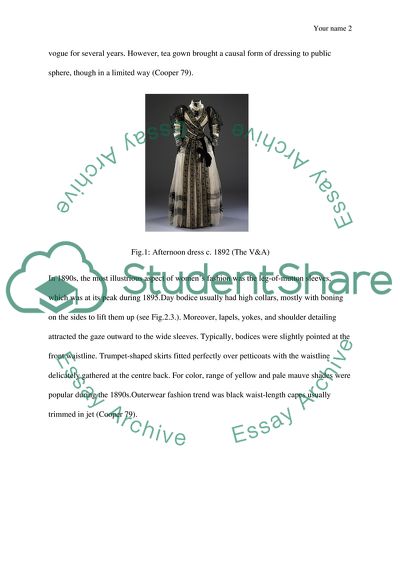Cite this document
(A Documentation of Fashion Trends during 1890s and 1900 Research Paper, n.d.)
A Documentation of Fashion Trends during 1890s and 1900 Research Paper. https://studentshare.org/culture/1803849-fashion-era-from-1890-1900
A Documentation of Fashion Trends during 1890s and 1900 Research Paper. https://studentshare.org/culture/1803849-fashion-era-from-1890-1900
(A Documentation of Fashion Trends During 1890s and 1900 Research Paper)
A Documentation of Fashion Trends During 1890s and 1900 Research Paper. https://studentshare.org/culture/1803849-fashion-era-from-1890-1900.
A Documentation of Fashion Trends During 1890s and 1900 Research Paper. https://studentshare.org/culture/1803849-fashion-era-from-1890-1900.
“A Documentation of Fashion Trends During 1890s and 1900 Research Paper”. https://studentshare.org/culture/1803849-fashion-era-from-1890-1900.


